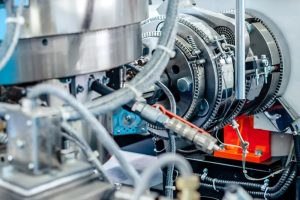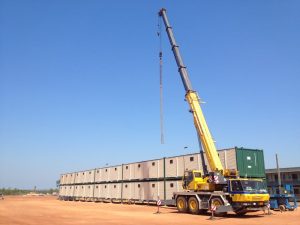
Ceramic injection molding is nothing less than industrial warfare waged against the tyranny of simple shapes and soft materials. This is not your grandmother’s pottery wheel, not some genteel craft practiced in suburban studios. This is manufacturing with teeth, a process that takes powders harder than a loan shark’s heart and forces them into geometries that would make Euclid weep with envy. The game here is brutal and beautiful in equal measure, demanding both brute force and surgical precision.
The Raw Truth About the Process
You want to understand Ceramic injection molding? Then grasp this fundamental reality: we are engaged in controlled violence. We take ceramic powders, oxides and carbides ground to micron-scale particles, and marry them temporarily to polymer binders. The ceramic does not want to flow. It wants to sit there like a stubborn mule. But we heat it, pressurize it, and force it through steel gates into waiting cavities with pressures that would crush a man’s hand.
The feedstock itself is a compromise between what the ceramic wants to be and what we need it to do. Sixty percent ceramic by volume if you are lucky, the rest being binders that will later be purged like yesterday’s bad decisions. Mix it wrong and you have expensive scrap. Mix it right and you are halfway to glory.
The Four Acts of Creation
Singapore’s ceramic injection molding operations have codified this violence into a four-act drama:
Act One: Injection
- Temperatures pushing 180 degrees Celsius
- Pressures exceeding 1,000 bar
- Fill times measured in seconds
- Controlled cooling like breaking a wild horse
Act Two: Debinding
The green part looks innocent, but it is lying. Forty percent of its volume is binder needing extraction:
- Solvent debinding for those who value speed
- Thermal debinding for patient souls willing to wait days
- Catalytic debinding for those who split the difference
Singapore’s Ceramic injection molding sector has mastered solvent debinding with the efficiency of a Las Vegas card sharp.
Act Three: Sintering
Here is where ceramic injection molding reveals its true character. You take that fragile brown skeleton and subject it to temperatures that would melt copper. At 1,600 degrees Celsius, atoms start dancing, migrating across boundaries, fusing particles into a monolithic whole. The part shrinks twenty percent, emerging lean and mean and ready for whatever hell you plan to throw at it.
Act Four: Finishing
Most parts walk out of sintering ready to fight. Some need grinding or lapping, but nothing like the machining nightmare of conventional ceramics.
The Materials Are the Message
The ceramics we choose tell you everything about the battles we expect:
- Alumina: The workhorse, cheap and reliable and tough enough for most fights
- Zirconia: The special forces operative, expensive but worth every penny when you need strength approaching steel
- Silicon Nitride: For thermal shock resistance that laughs at temperature swings
- Silicon Carbide: When you need hardness that makes diamonds nervous
Each material brings its own personality to ceramic injection molding, its own demands and rewards.
Why the Hell This Matters
You think this is academic? The modern world runs on components that could not exist without ceramic injection molding. Your smartphone contains ceramic parts shaped by this process. Medical implants keeping people alive. Sensors in engines operating at temperatures where aluminum runs like water. Wear parts in industrial equipment grinding away twenty-four hours a day.
The geometry is what kills conventional ceramic processing. Try machining an internal thread in sintered alumina and see how long your diamond tools last. But ceramic injection molding handles it like a professional handling an amateur.
The Economic Brutal Truth
Singapore’s ceramic injection molding industry will tell you straight: entry costs are not for the faint of heart. Tooling runs thirty to fifty thousand pounds. Development takes six months if everything goes right. You need volume to justify this, thousands of parts minimum.
But here is the payoff: once your process is dialed in, costs per part drop faster than a stone down a well. Complex geometries that would bankrupt you with machining flow out ready to use. Lead times shrink from months to weeks. Quality becomes reproducible and reliable.
The Future Looks Hard
The industries driving ceramic injection molding forward are not playing games. Aerospace demands components that survive where metals fail. Electronics needs substrates operating at extreme frequencies. Medical technology requires biocompatible materials shaped with micron-level precision. Automotive engineers want sensors lasting the lifetime of vehicles under conditions that would have seemed science fiction twenty years ago.
Each application pushes the envelope, demands tighter tolerances, more complex shapes, novel material combinations. The technology responds because it must, because standing still means extinction in manufacturing.
Look, ceramic injection molding is not elegant. It is a brawl between human ambition and material reality, and we are winning that brawl one part at a time. The components emerging from this process possess earned toughness, having survived temperatures and pressures that would destroy lesser creations. They go into service knowing they have already passed through fire, and whatever comes next holds no terror. That is the promise and the power of Ceramic injection molding.





